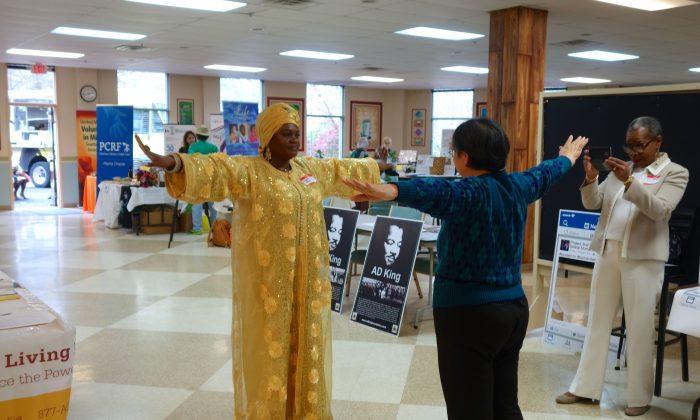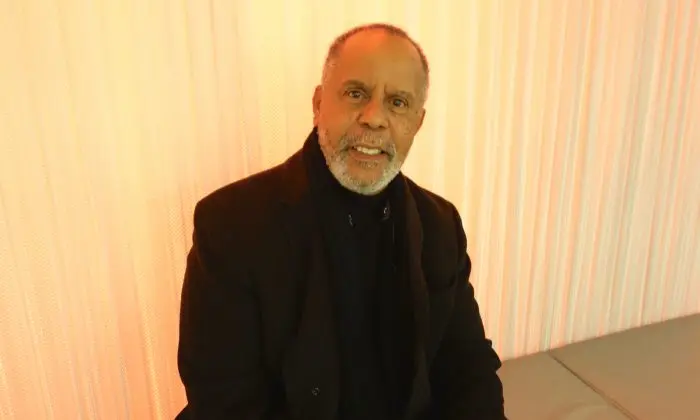I have a brilliant friend. She works in a school where more than 80 percent of the students are poor. That means they ain’t got no books at home. It means their parents avoid involvement with the school. My friend did something amazing.
Education reform keeps lumbering along like some kind of giant, wounded, blind bear. The much criticized “No Child Left Behind” of President Bush was succeeded by the much criticized “Race to the Top” of President Obama. Some schools and teachers hearten observers by bringing students to excellent levels of achievement. Other schools are persistently dreadful, Dickensian pipelines to prison.
My friend Linda Martin is a librarian/teacher at an elementary school in the foothills of the Appalachian mountains, chicken processing country. Not only are her students poor, for many, English is not their first language. They are from Latin America. Some of these North Georgian Latin American parents are leery of government agencies, if you get my drift. Not to mention they work long hours. It’s hard to join the PTA with those factors.
Martin is a storyteller. She uses storytelling to support the curriculum, to develop literacy, information literacy, and public speaking skills. Seeing that the Hispanic parents avoided visiting the school, and knowing that parental involvement correlates with student achievement, she started something new.
She coached the fifth-graders on how to tell a story. She assigned stories based on the curriculum. When they were learning about Hawaii, for example, “I’d provide them three versions of a Maui creation story and let them put them together. They made them their own, as people have always done.”
She paired a native English speaker with a native Spanish speaker. The pairs learned a story in both languages, rehearsing the same gestures. Then each told the story in his or her mother tongue. So the audience heard the story twice. Because the gestures were the same for each version, the audience could still follow the unknown language a little. Martin said, “So many Latino parents are worried that their kids will lose their culture. This gives the kids a chance to excel and preserve their heritage.”
She held a bilingual storytelling festival with her fifth grade raconteurs, opened to the entire community, in the evening. Did the parents come? Yes they did, and the uncles, aunts, brothers, sisters, cousins, and friends.
One of her students was autistic. “He loved telling stories,” said Martin. He memorized a story easily, but had to practice and practice to get the timing right. Yet performing on stage was a relief for him, because it excused him from the eye contact that was so uncomfortable for him.
He is in high school now and can still tell the story he told in fifth grade, said Martin. “He’s so much more social. I’m sure he still has challenges,” but performing gave him an outlet. He is in his high school drama club.
This is just a story. It is not a test. It cannot be quantified, scored, or ranked. But the human mind naturally learns through stories, and Martin’s story convinces me. Arts in schools are precious. They enhance student’s lives and minds. They bond families with schools.
There is no way to cheat in the arts. They have to be real. Whatever work, discipline, inspiration, and talent goes into a performance or other creation is visible. Artists cannot cut corners.
Sadly, it is possible to cheat on tests. My city is having quite an ugly scandal about what may be institutionalized cheating on standardized tests. It is so bad the accreditation of a school system is threatened. Excessive focus on quantifiable results and on testing, on carrots and sticks, are what gave the motive for the alleged cheating. Anyone who ordered and tolerated the cheating cheated their students most of all.
My brilliant friend did the opposite of cheating. She used her creative mind on a complex problem.
[email protected]
Education reform keeps lumbering along like some kind of giant, wounded, blind bear. The much criticized “No Child Left Behind” of President Bush was succeeded by the much criticized “Race to the Top” of President Obama. Some schools and teachers hearten observers by bringing students to excellent levels of achievement. Other schools are persistently dreadful, Dickensian pipelines to prison.
My friend Linda Martin is a librarian/teacher at an elementary school in the foothills of the Appalachian mountains, chicken processing country. Not only are her students poor, for many, English is not their first language. They are from Latin America. Some of these North Georgian Latin American parents are leery of government agencies, if you get my drift. Not to mention they work long hours. It’s hard to join the PTA with those factors.
Martin is a storyteller. She uses storytelling to support the curriculum, to develop literacy, information literacy, and public speaking skills. Seeing that the Hispanic parents avoided visiting the school, and knowing that parental involvement correlates with student achievement, she started something new.
She coached the fifth-graders on how to tell a story. She assigned stories based on the curriculum. When they were learning about Hawaii, for example, “I’d provide them three versions of a Maui creation story and let them put them together. They made them their own, as people have always done.”
She paired a native English speaker with a native Spanish speaker. The pairs learned a story in both languages, rehearsing the same gestures. Then each told the story in his or her mother tongue. So the audience heard the story twice. Because the gestures were the same for each version, the audience could still follow the unknown language a little. Martin said, “So many Latino parents are worried that their kids will lose their culture. This gives the kids a chance to excel and preserve their heritage.”
She held a bilingual storytelling festival with her fifth grade raconteurs, opened to the entire community, in the evening. Did the parents come? Yes they did, and the uncles, aunts, brothers, sisters, cousins, and friends.
One of her students was autistic. “He loved telling stories,” said Martin. He memorized a story easily, but had to practice and practice to get the timing right. Yet performing on stage was a relief for him, because it excused him from the eye contact that was so uncomfortable for him.
He is in high school now and can still tell the story he told in fifth grade, said Martin. “He’s so much more social. I’m sure he still has challenges,” but performing gave him an outlet. He is in his high school drama club.
This is just a story. It is not a test. It cannot be quantified, scored, or ranked. But the human mind naturally learns through stories, and Martin’s story convinces me. Arts in schools are precious. They enhance student’s lives and minds. They bond families with schools.
There is no way to cheat in the arts. They have to be real. Whatever work, discipline, inspiration, and talent goes into a performance or other creation is visible. Artists cannot cut corners.
Sadly, it is possible to cheat on tests. My city is having quite an ugly scandal about what may be institutionalized cheating on standardized tests. It is so bad the accreditation of a school system is threatened. Excessive focus on quantifiable results and on testing, on carrots and sticks, are what gave the motive for the alleged cheating. Anyone who ordered and tolerated the cheating cheated their students most of all.
My brilliant friend did the opposite of cheating. She used her creative mind on a complex problem.
[email protected]




